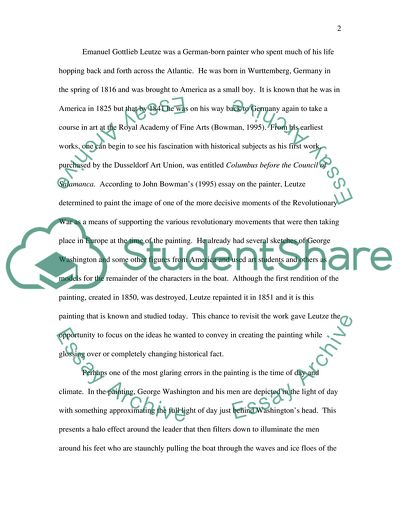Cite this document
(“Painting - George Washington Crossing the Delaware Essay”, n.d.)
Retrieved de https://studentshare.org/visual-arts-film-studies/1545667-painting-george-washington-crossing-the-delaware
Retrieved de https://studentshare.org/visual-arts-film-studies/1545667-painting-george-washington-crossing-the-delaware
(Painting - George Washington Crossing the Delaware Essay)
https://studentshare.org/visual-arts-film-studies/1545667-painting-george-washington-crossing-the-delaware.
https://studentshare.org/visual-arts-film-studies/1545667-painting-george-washington-crossing-the-delaware.
“Painting - George Washington Crossing the Delaware Essay”, n.d. https://studentshare.org/visual-arts-film-studies/1545667-painting-george-washington-crossing-the-delaware.


